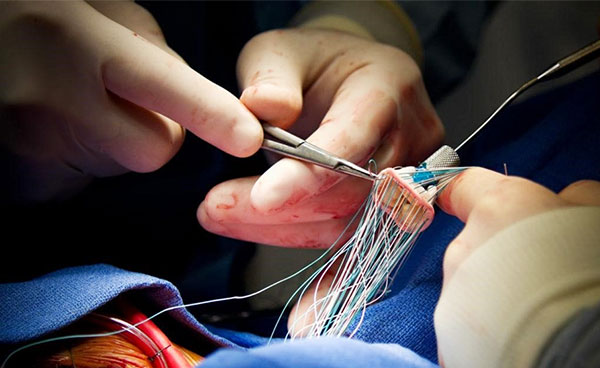
Heart valve repair and replacement are surgical procedures used to treat diseased or damaged heart valves that affect the normal flow of blood through the heart. Heart valves may become stenotic (narrowed) or regurgitant (leaky), causing the heart to work harder to pump blood. Valve repair is often preferred when possible, especially for the mitral valve, as it preserves the patient’s own tissue and may reduce the need for long-term blood thinners. Repair techniques can include reshaping valve leaflets, removing excess tissue, or reinforcing the valve with an annuloplasty ring.
When repair is not feasible, valve replacement becomes necessary. This involves removing the damaged valve and replacing it with either a mechanical valve (made of durable materials) or a bioprosthetic valve (made from animal tissue or donated human valves). Mechanical valves are long-lasting but require lifelong anticoagulation, while bioprosthetic valves have a more natural function but may need replacement over time. These procedures can be performed through traditional open-heart surgery or, in selected cases, via minimally invasive or transcatheter techniques, offering tailored options based on the patient's age, health, and lifestyle.